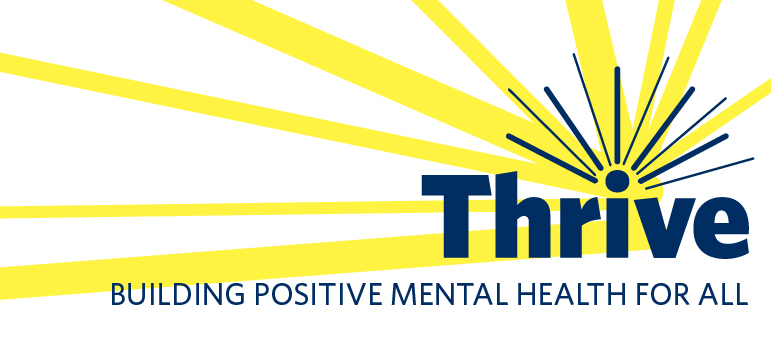How do you define success? How do you decide what it means to “succeed” in a place as varied and filled with choice as college? Not only that, but what does it mean to fail, and what is the stress placed on students who do so?

Every year, thousands of students enter universities and colleges across Canada. There, many struggle with stress, depression, and mental illness. According to a Globe and Mail article, 9.5 percent of the 30,000 university students surveyed endured suicidal ideation at one point. Mental health, not only in universities, but as a general health issue, currently is at the forefront of public consciousness.
This summer, UBC won first prize in the CAOBO productivity awards for their Thrive program, which has steadily grown from its introduction in 2009 to have over 10,000
in 2009 to have over 10,000
participants across the campus. By all accounts, it’s a marvelous success, creating a greater awareness for mental health and a more welcoming community. But is it actually helping those most in need?
I would argue that it is not. In fact, I would say that Thrive is yet another method by the University of British Columbia to place style over substance. The truth is that most people are already aware of mental health, and in a place as liberal as UBC, the social support is either already there or is not being aided by the program. In 2010, Cheryl Washburn at UBC wrote a study titled “Campus Suicide Prevention and Intervention: Putting Best Practice Policy into Action.” In it, there are 9 methods advocated to helping prevent suicide and placing students into a better state of mind and more closely-knit community. While the Thrive program functions excellently as a piece of social marketing, it doesn’t affect what I would consider to be the most important part: Mental Health Service (MHS), or counseling and therapy.
While UBC spends 100 million dollars on a brand new student union building and places orange signs all over campus, the counseling department has been on the back burner. It’s very hard to get an appointment and takes time that students who are struggling might not have. UBC tries to shuttle students to off-campus, more costly therapy as soon as possible, and has ran out of room for counselors at Brock Hall, moving them all the way towards Marine Drive. In a sense, there’s a desire to focus on the glossy presentation of the school to attract new students instead of making sure that the services that students who are struggling with mental health issues need are well-supported. Thrive is essentially a nice marketing campaign, but doesn’t actually give much help and support to those who need it, and mainly gives a morale boost and allows people to practice further “slacktivism” when it comes to mental health and actually reaching out.
For a school of 60,000, being able to connect with students on a more meaningful level and show that there is a level of care beyond a student number or tuition check is extremely important. The Thrive campaign is a surface-level social marketing initiative that gives UBC an award while not permeating the organization as a whole. As Jacquie Ottman  states, the whole philosophy of an organization must be devoted to something, bottom to top, for authenticity and meaningful progress to be made. Surface-level environmental or social initiatives might do a bit of good, might raise a bit of awareness, but won’t get to roots of problems, and more importantly, might not make a bit of difference for those who cannot see the light.
states, the whole philosophy of an organization must be devoted to something, bottom to top, for authenticity and meaningful progress to be made. Surface-level environmental or social initiatives might do a bit of good, might raise a bit of awareness, but won’t get to roots of problems, and more importantly, might not make a bit of difference for those who cannot see the light.